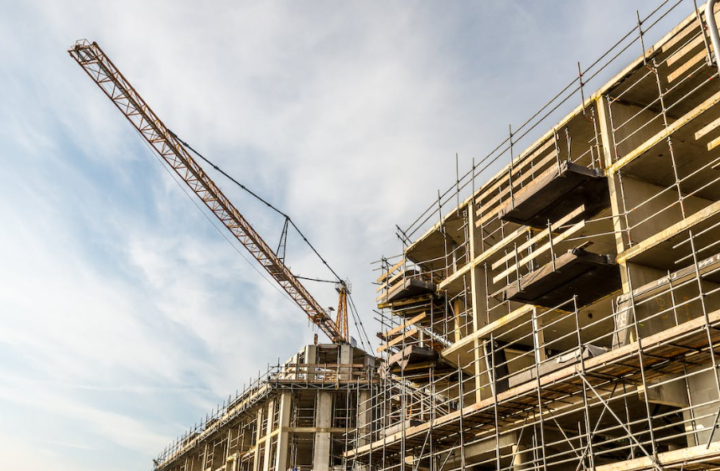Working at heights is an inherently risky activity that demands rigorous safety protocols to protect workers from potential hazards. In Australia, the construction industry is particularly vigilant about maintaining high safety standards due to the elevated risks involved. This article delves into seven critical safety protocols that are essential for any work that involves scaffolding or working at elevated levels.
Understanding the Risks
Before delving into the safety protocols, it’s crucial to understand the risks associated with working at heights. Falls from heights remain one of the leading causes of workplace injuries and fatalities. These incidents can occur due to a lack of proper safety equipment, inadequate training, or failure to adhere to safety regulations.
Comprehensive Risk Assessment
The first step in any work at height is to conduct a thorough risk assessment. This process involves identifying potential hazards, evaluating the risks associated with these hazards, and determining the appropriate control measures. It’s not just about ticking boxes; it’s about understanding the work environment and the unique challenges it presents.
Proper Use of Personal Protective Equipment (PPE)
The use of appropriate PPE is non-negotiable. Harnesses, helmets, and other protective gear are essential lines of defence against falls and injuries. Workers must be trained in the correct use of PPE and understand its importance in safeguarding their wellbeing.
Certified Scaffolding Solutions
When it comes to working at heights, reliable scaffolding services are indispensable. Scaffolding must comply with Australian Standards and be erected by qualified personnel. Regular inspections are necessary to ensure its stability and safety throughout the duration of its use.
Training and Competency
Workers must be adequately trained and competent in working at heights. This training should cover the correct use of equipment, emergency procedures, and the ability to recognise and mitigate risks. Competency is not just about having the knowledge; it’s about applying it effectively in real-world situations.
Emergency Preparedness and Response
A clear and practised emergency response plan is vital. Workers must know what to do in the event of an accident or emergency. This includes rescue procedures, first aid, and the ability to quickly and safely evacuate the area if necessary.
Regular Safety Audits and Inspections
Ongoing safety audits and inspections are critical to ensure that all equipment and safety measures remain in optimal condition and are adhered to by all personnel. These checks help to identify potential issues before they become serious problems.
The Imperative of Height Safety
In conclusion, working at heights requires a meticulous approach to safety. From the initial risk assessment to the final safety audit, every step is crucial in creating a secure work environment. The protocols discussed are not just recommendations; they are essential practices that can mean the difference between a safe workplace and a tragic accident.
Workers and employers alike must recognise that when it comes to height safety, cutting corners is not an option. Investing in reliable scaffolding and robust safety training is not just a regulatory requirement; it’s a moral imperative. By adhering to these seven protocols, the risks associated with working at heights can be significantly reduced, ensuring that all workers can return home safely at the end of the day.
In the realm of construction and maintenance, staying informed about the latest safety innovations and practices is crucial. For instance, understanding the dynamics of fall arrest systems can provide additional insights into the complex nature of working safely at heights. It’s this commitment to continuous learning and adherence to stringent safety protocols that sets apart responsible businesses in the construction industry. After all, when it comes to working at heights, there’s no such thing as being too safe.




